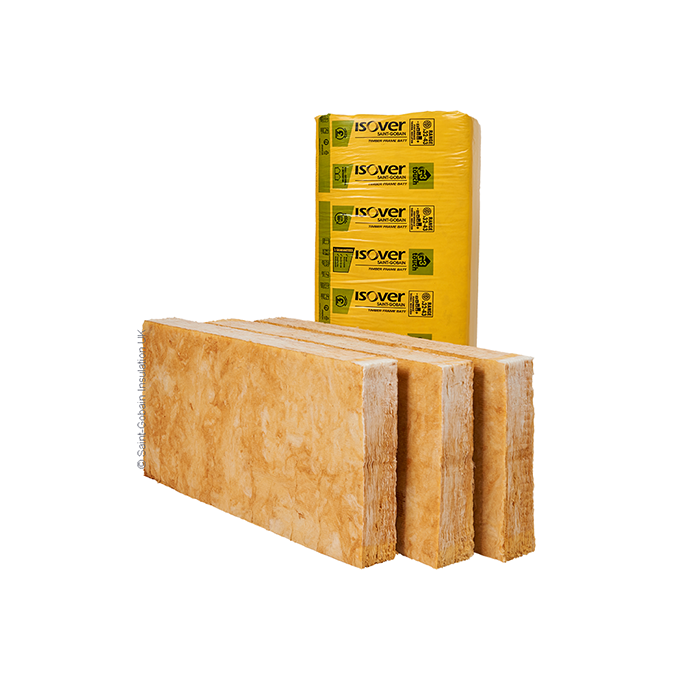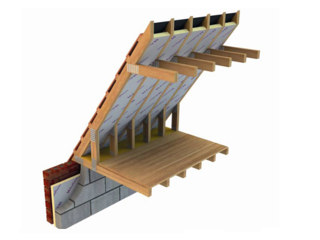How to stop heat loss from your home
Did you know…in the average UK household, heating makes up for more than half of each months energy bill. But is your home losing heat and costing you more without you realising?
Energy isn’t as affordable as it used to be, so it pays to know if your home is losing heat and how to fix it.
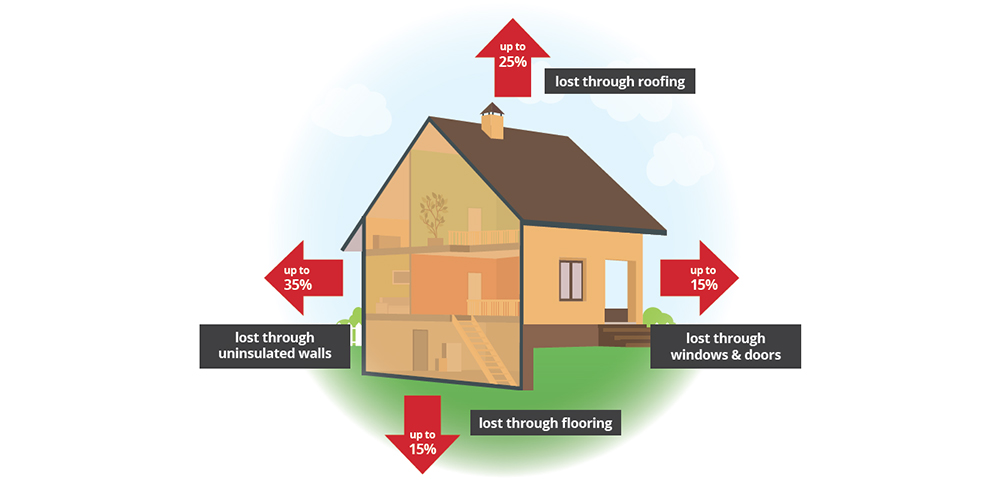
How to detect heat loss in your home
There are several signs that could indicate heat loss in your home, including:
- Drafts around doors and windows
- Gaps around outlets and fixtures
- No frost on the roof when your neighbours have frost
If you’re not sure where your house is losing heat, thermal imaging cameras can help identify the source of the heat loss.
Why is it important to stop heat loss from your home?
If you want to reduce your carbon emissions, improve your carbon footprint, and ultimately keep your energy bills low, it’s important that you take the necessary steps to prevent heat loss from your property.
The good news is, there are lots of ways that you can improve and prevent heat loss from your home.
Here are the 4 key areas in your home where you could be losing heat and how to stop it:
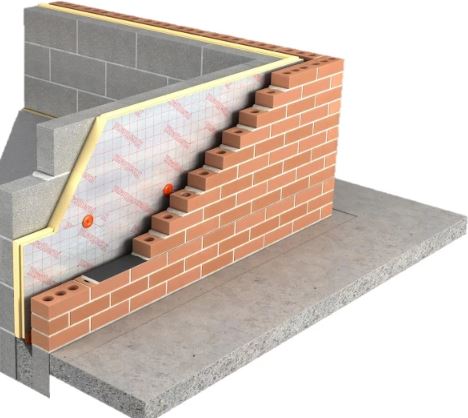
1. Heat loss through walls of your house
Up to 35% of heat can be lost through walls if they’re not insulated properly.
So investing in good quality cavity wall insulation will help reduce heat loss, keeping your home toasty and your energy bills low.
The vast majority of properties built from the 1990s onwards were insulated, however, many older properties have no insulation at all.
Cavity wall insulation in existing homes
Existing homes with a need for cavity wall insulation will need to have it installed by a professional. The main types of cavity wall insulation installed retrospectively are:
- EPS (expanded polystyrene) – lightweight and cost effective when installed correctly
- Mineral wool – more suitable for standard and wide cavities
Retrospective cavity wall insulation can cause damp issues if it’s not installed correctly.
What are the options if you can't retrospectively insulate a cavity wall?
“Retrofitting cavity wall insulation is difficult and can be costly. The least disruptive way to do this would be to use internal liners/boards, but this would eat up some of your internal floor space”, says Ed Butcher, Insulation & Drylining Commercial Manager at Elliotts.
“You can also insulate on the external walls of your home, which would require insulation to be fixed to the brickwork and then covered with a thin coat of render. However, this would require local authority building control approval.”
Cavity wall insulation in new builds and extensions
If you’re building an extension or a home from scratch, there’s plenty of partial and full fill choices when it comes to insulating your internal walls.
Don’t forget cavity closers to help prevent cold bridging!
How much money can be saved by installing cavity wall insulation?
Up to £455* can be saved on energy bills annually when cavity wall insulation is installed correctly.
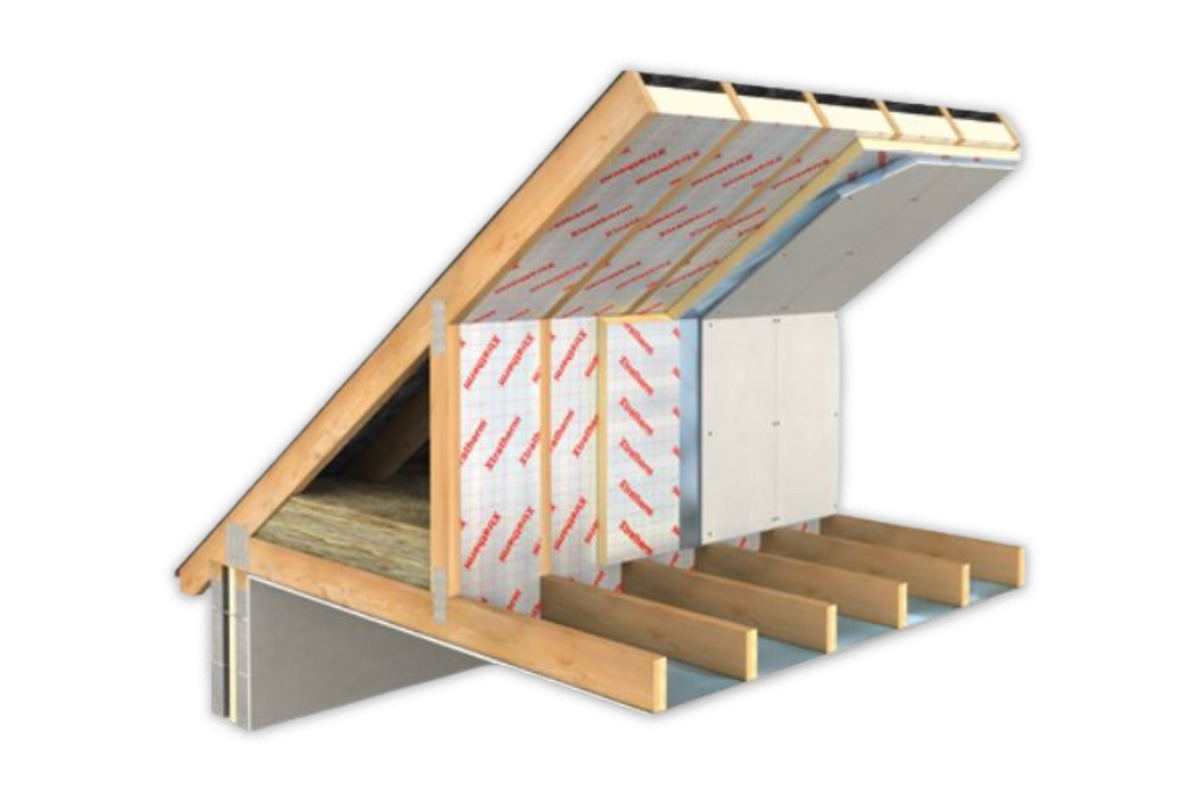
2. Heat loss through the roof of your house
One of the most common ways a home loses heat is through the roof. Up to 25% of heat can be lost through the roof, but this can be reduced with good insulation.
Whether you have an existing roof space, or you’ll be building one as part of an extension, loft insulation is an easy way to prevent heat loss.
If you already have loft insulation, check the quality. When fitted properly, loft insulation can last up to 40 years. So if you have an older property, it may be time to replace your insulation.
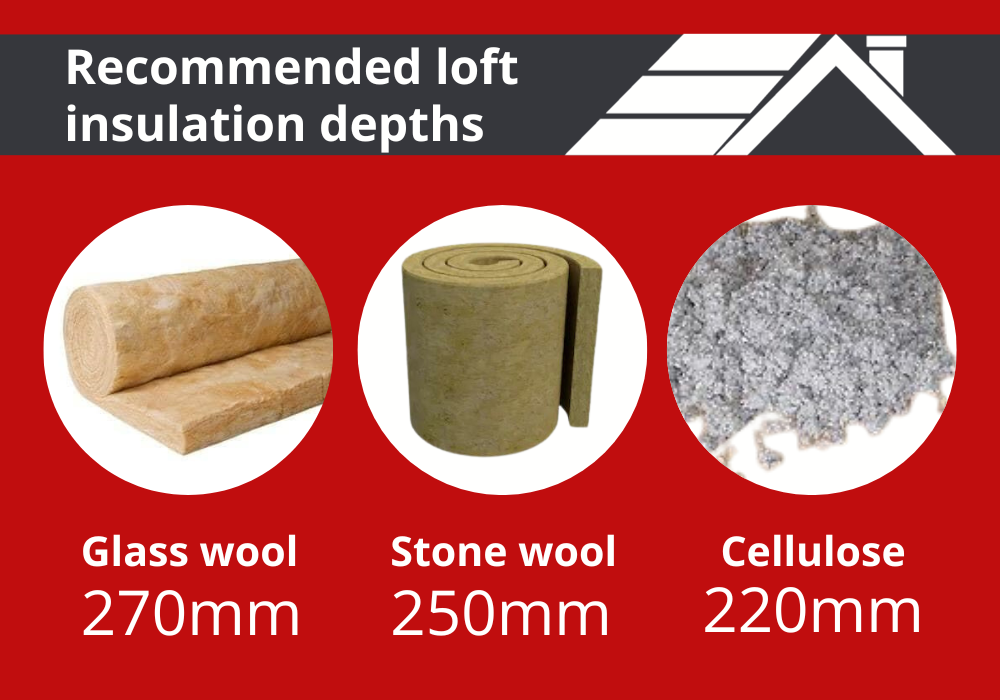
“If I was going to be improving the insulation in my home, I’d be starting in the roof space”, says Ed Butcher – Insulation & Drylining Commercial Manager at Elliotts.
“A huge amount of heat is lost through the roof and it’s one of the easiest areas to insulate as it won’t impact the aesthetic of your home or disrupt your day-to-day living while the work is carried out.”
“Depending on your space, loft roll is easy to lay and can be installed by a competent DIYer.”**
Loft spaces with tricker access can be blown insulated, but this will require a professional.
Don’t forget to insulate your loft hatch!
A compression seal or foam strip around the outside of your loft hatch will stop draughts. You could also insulate your loft hatch by attaching foil-faced insulation board to the inside of the hatch.
How much money can be saved by installing loft insulation?
Up to £415* can be saved on energy bills annually when loft suitable loft insulation is installed correctly.
Rockwool Thermal Roll (100mm) is also available to buy from your local Elliotts branch.

3. Heat loss through windows and doors of your house
Up to 15% of heat can be lost through windows and doors – and that’s just when they’re closed.
Even a 0.3cm gap under a standard exterior door can let as much cold air into your home as a 6cm hole punched in the wall.
The good news is, heat loss through windows and doors is easily preventable.
Compression strips and wiper seals are easy to install and will help seal any gaps in your windows and doors.
Don’t forget your letterboxes and keyholes!
Heat can be lost here too. But installing brushes or a flap on the inside of the letterbox can help with this. And a simple metal disc over the keyhole can prevent a draught coming in.
Is it time to replace your windows and doors?
It’s recommended that you aim to replace your windows and doors every 15-20 years anyways for optimum efficiency.
Although the prospect of investing in new windows and doors may seem like a costly option, this investment will benefit you in the long run, especially when it comes to preventing heat loss and reducing your energy bills.
How much money can be saved by improving heat loss through windows and doors?
Up to £170* can be saved on energy bills annually when installing new windows and doors (A++ rated double glazing replacing single glazing).
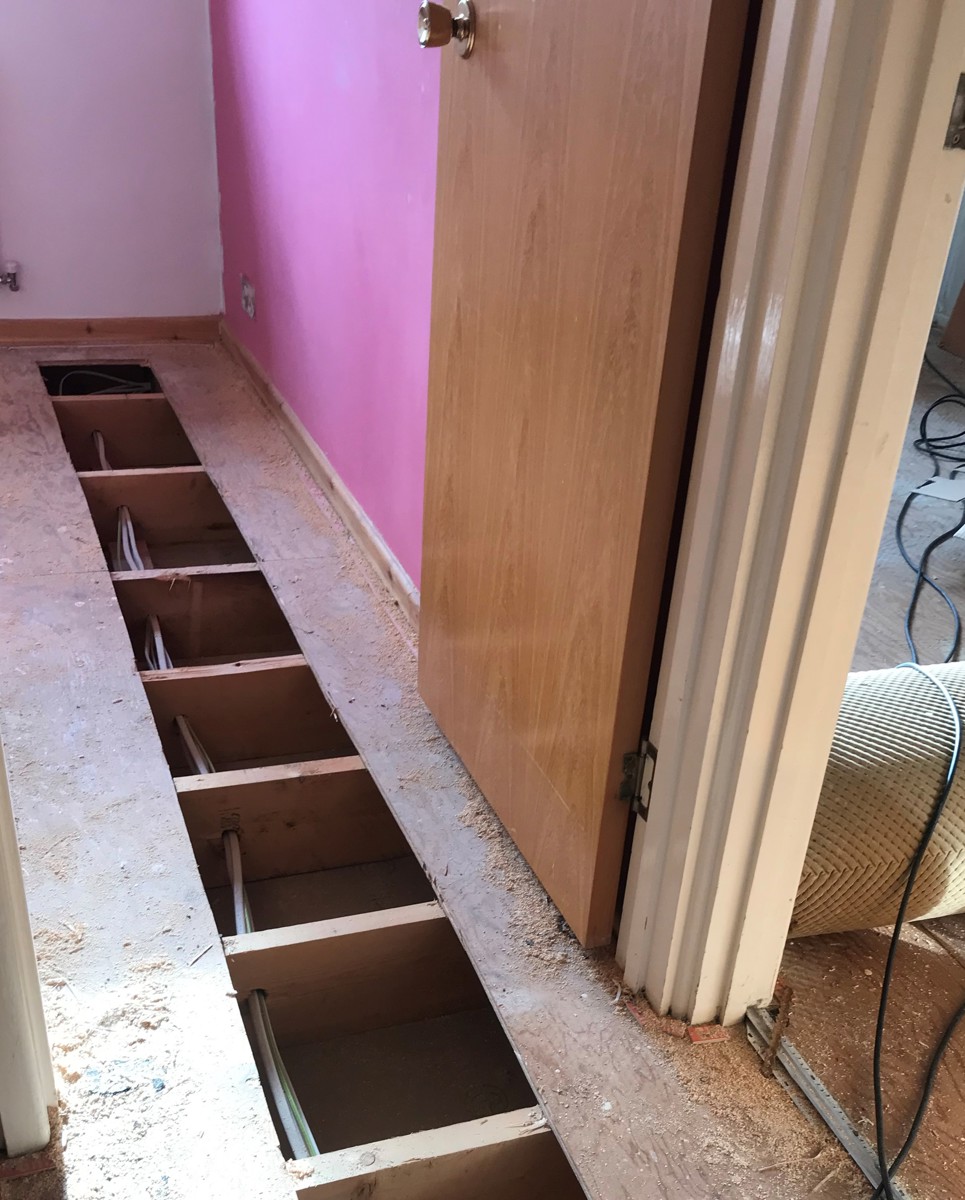
4. Heat loss through the floor
Just like windows and doors, up to 15% of heat can be lost through the floor of your home.
You’re more likely to experience heat loss through your floor if you have suspended timber flooring as there is more room for draughts, creating a cold floor. If you have an older homes with air bricks/ventilation visible on the outside walls of your home then it’s likely that you have a suspended floor.
Timber floors can usually be insulated using mineral wool insulation by lifting the floorboards.
Remember not to block your air bricks! They allow vital airflow to your floor space to prevent the floorboards rotting.
Don’t forget to check your skirting boards…
Gaps around skirting boards can be filled with flexible fillers to insulate them. You need to use a flexible product as skirtings and floorboards expand and contract as they heat and cool.
How much money can be saved by improving heat loss through flooring?
Up to £75* can be saved on energy bills annually when insulating timber floors.
4 easy ways to instantly improve heat loss
Tight on time and money? Here are 4 quick and easy ways to instantly improve heat loss in your home:
1. Draught proofing
Products like draught excluders can help prevent heat escaping from your home, help reduce condensation, reduce dampness and prevent cold air from entering.
2. Insulating tanks and pipes
By lagging water tanks and pipes, you will be able to quickly reduce the amount of heat lost. Foam pipe insulation is available from just £1.20 (exc. VAT).
3. Radiator reflector panels
A low-cost option, radiator reflector panels work by reflecting heat from the radiator back into the room, instead of letting the heat out through an external wall.
4. Chimney capping
Does your home have an unused chimney? As an extremely common way for heat to escape from a property, you should consider having an unused chimney capped.
Don’t forget about airtightness
You’ve done all the hard work, so don’t let airtightness compromise on your homes energy efficiency.
New homes and extensions
Building a new home or extension? It’s important to ensure it meets insulation regulations and U-values.
A U-value is the measurement that determines how effective a product or fabric is as an insulator and how quickly heat transfers. The lower the U-value, the more slowly heat transmits through it and therefore is a better insulator.
Part L of Building regulations state what U-values need to be achieved in different areas of a building, including walls, floors and roofs.
If you’re able to build to a higher standard and implement additional ways to reduce heat loss, you will be able to improve the running costs of your home.


“If you’re working on a development, self-build or extension project, you’ll need to make sure you hit the U Values stated in Part L of the building regulations", say Ed Butcher.
"They’re not the easiest to understand, so that’s why we work closely with manufacturers to make sure specifications meet the expected U Values.”
*Depends on varying factors, including existing EPC values, house construction, house size etc. Figures taken from Energy Saving Trust.
** Loft spaces with tricker access can be blown insulated, but this will require a professional. If you have a warm roof (insulation between rafters) or a room in your roof, you’ll also need the help of a qualified tradesman.
Featured products
Xtratherm Cavity Wall SP Insulation, 1200 x 450 x 100mm



